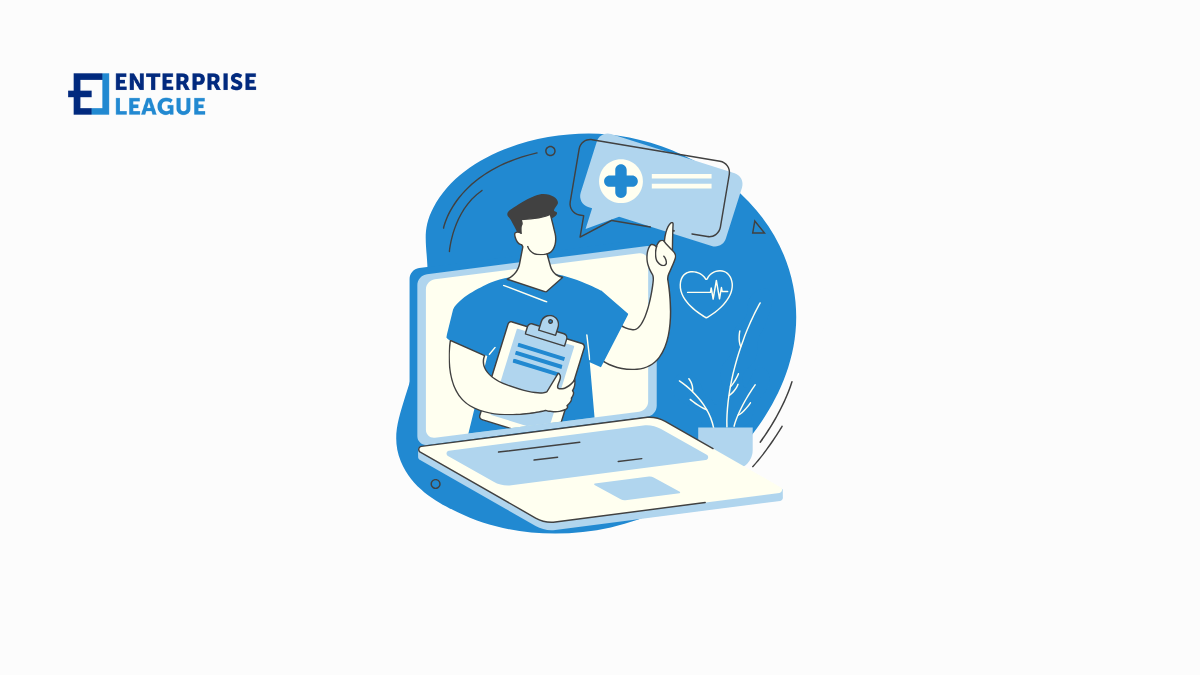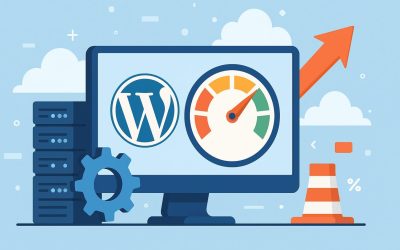Remote patient monitoring: The tools, methods, and advantages for healthcare providers
April 26, 2024

Hospitals and health systems in the United States use remote patient monitoring (RPM) technology to enhance results while decreasing costs. Providers have access to a steady flow of real-time health data, patients and caregivers can maintain an ongoing connection, and doctors can reach more people via this patient care model.
RPM devices are also getting cheaper and smarter. As a consequence, remote patient monitoring software development now has the potential to offer their items directly to people, opening up new profit opportunities.
What is RPM or remote patient monitoring
One way to monitor a patient’s vitals while they’re not in the hospital is via remote patient monitoring. Telemedicine’s RPM delivery mechanism lets patients and clinicians communicate electronically.
What are RPM devices
Digital blood pressure monitors that allow patients to transmit their readings remotely are common examples of remote health monitoring devices. Diabetes patients can use a continuous glucose monitor to remember to take their insulin while their doctor monitors their disease.
How does a system for remotely monitoring patients function
Statistics and trends in the RPM market
RPM-enabled home health monitoring devices are helping providers reduce hospital readmission fines. By giving patients tablets and RPM equipment, the University of Pittsburgh Medical Center reduced hospital readmissions by 76% and maintained patient satisfaction above 90%.
The increased frequency of numerous chronic conditions among seniors is a major factor driving the positive return on investment (ROI) from RPM technology and home-based care. According to a KLAS Research report, in a study of 25 healthcare companies, 38% of those who implemented RPM programs for chronic care management saw a decrease in admissions, and 17% saw a decrease in costs.
The next trend is reducing the size of RPM devices. Device producers are developing smaller, less intrusive solutions and forming partnerships with new companies to increase their market share. Take Dexcom’s new implanted diabetes sensor as an example. It collaborates with Verily, Alphabet’s life sciences subsidiary, to communicate health data via Bluetooth to monitoring devices or cell phones. Speaking of, Langate has 20 years of healthcare tech experience. Contact them if you need remote patient monitoring system developers.
Conclusion
Healthcare organizations that adopt this technology will be well-placed to deliver better results for patients while also reducing overall costs. The trend is towards smaller, more discreet RPM devices. This improves the patient experience and makes it easier for people to use the technology. Remote patient monitoring represents a big change in how healthcare is provided and empowers both healthcare providers and patients.
More must-read stories from Enterprise League:
- Things to consider before deciding on a business location.
- Debunking the most common myths of entrepreneurship.
- Tactics for using TikTok marketing for your small business successfully.
- Key factors in determining salary increases for your employees.
- Find out all the things that make messy people smarter.
Related Articles
How to Get Faster Load Times with WordPress Website Hosting
Website speed influences how visitors interact with content. An efficient hosting platform can transform a sluggish WordPress site into a swift and responsive experience. People expect websites to load quickly, often forming opinions within seconds. If your pages load...
Who Are the Top Forklift Dealers in Maryland? 8 Options for Business Owners
Maryland has a thriving commercial sector, ranging from logistics and distribution centers along the I-95 corridor to manufacturing facilities in the Baltimore metropolitan area. For these businesses, efficient material handling forms the foundation of their...
What Are the Best Auto Part Shipping Companies? 8 Options to Consider
Automotive parts come in a wide range of shapes and sizes, from small pieces to large engines and beyond. Different businesses may require certain components for their machinery, and it's vital to ensure that they arrive safely on time. Learn which companies are the...
How to Get Faster Load Times with WordPress Website Hosting
Website speed influences how visitors interact with content. An efficient hosting platform can transform a sluggish WordPress site into a swift and responsive experience. People expect websites to load quickly, often forming opinions within seconds. If your pages load...
Who Are the Top Forklift Dealers in Maryland? 8 Options for Business Owners
Maryland has a thriving commercial sector, ranging from logistics and distribution centers along the I-95 corridor to manufacturing facilities in the Baltimore metropolitan area. For these businesses, efficient material handling forms the foundation of their...





